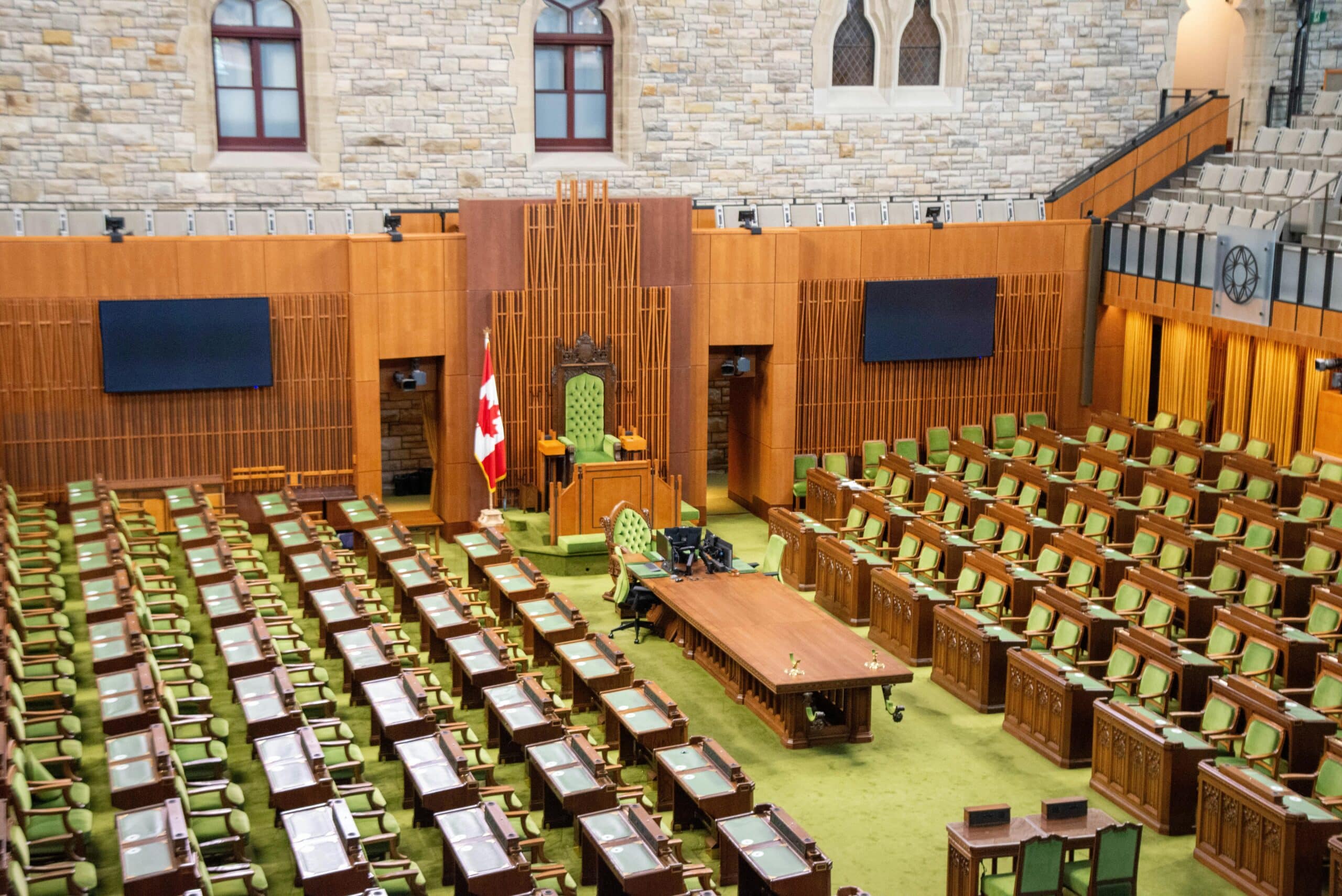Back in April of 2018, the prescribed rate increased from 1% to 2%. Previously, the rate had remained stable for several years, aside from a brief hike for one quarter in 2013. The CRA’s prescribed rate directly impacts the amount charged by the CRA for late payments, the rate that is paid out on overpayments (though that one is lower than what they charge!), and the minimum rate that must be charged on loans between certain family members for investment purposes in income splitting.
The drop back down to 1% will mean a more favourable environment for income splitting. Here’s how it works:
The prescribed rate loan strategy at a glance
Suppose one spouse earns the majority of the family’s income (and is in the top tax bracket) and the other spouse contributes to the household and is therefore in the lowest tax bracket. In addition, the family have two minor children. If the higher income spouse uses his or her after tax income to invest, then the investment earnings will be taxed at his or her top tax rate. If this rate is above $220,000, this equals 53.53% in Ontario.
To lower the tax rate, the higher income spouse can lend the funds to the lower income spouse (and possibly to his minor children through the use of a family trust) to invest. Any investment earnings will be taxed at the lower income spouse’s tax bracket, resulting in significantly less tax being levied. The key to the strategy is that the loan must charge interest (and interest must be paid no later than 30 days after the end of the taxation year) at a minimum of the prescribed rate. The interest paid is taxable to the higher income spouse and is deductible to the lower income spouse.
It’s important to note that if the interest is not paid, or if the money is instead gifted to the spouse (or minor children) there will likely be negative tax consequences that may result in the income being taxed by the higher income spouse.
A Real-Life Example
Let’s imagine for our purposes here that Mrs. A is an engineer earning $250,000 per year, and Mr. A is a stay-at-home parent earning $10,000 per year through various minor consulting work.
Every $1 of additional income that Mrs. A earns will be taxed at 53.53%, and every additional $1 of income that Mr. A earns will be taxed at 20% (up to $44,740). If Mrs. A were to lend $500,000 to Mr. A to invest, and the investments yielded a 7% return, the following would be the tax implications as compared to Mrs. A investing the $500,000 personally:
| Prescribed Rate Strategy | Personal | |
| Investment | $ 500,000.00 | $ 500,000.00 |
| Yield | 7.00% | 7.00% |
| $ 35,000.00 | $ 35,000.00 | |
| Taxed to Mrs. A | $ 5,000.00* | $ 35,000.00 |
| Mrs. A tax on income (53.53%) | $ 2,676.50 | $ 18,735.50 |
| Taxed to Mr. A | $ 30,000.00 | $ – |
| Mr. A tax on income (20.05%) | $ 6,015.00 | $ – |
| Total income earned | $ 35,000.00 | $ 35,000.00 |
| Total tax paid | $ (8,691.50) | $ (18,735.50) |
| After tax earnings | $ 26,308.50 | $ 16,264.50 |
* The 1% prescribed rate of interest
As a result of using the prescribed rate loan strategy, there was a tax savings of over $10,000, or more than 60% additional return on investment. Had minor children been included in the strategy, the tax savings and therefore additional return on investment could have been exceedingly higher.
How will the rate reduction affect income splitting families?
The prescribed rate reduction will cut the tax payable to the lending spouse, putting cash back into the pockets of hard-working Canadians. Theoretically, spouses who entered into a prescribed rate loan at the higher interest rate could sell the investment and repay the loan, then enter into a new agreement at 1%. That being said, in some cases this could result in brokerage fees or unwanted tax consequences. It’s best to speak to a taxation professional to discuss the details of your individual case and decide on the most profitable course of action.
Learn more from the taxation experts
For more information on how to benefit from the new prescribed rate on investments, contact us or your Zeifmans advisor today.
Supplemental insights



